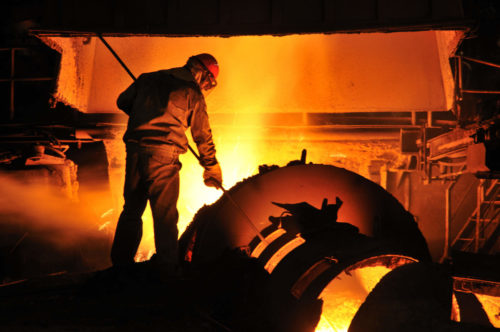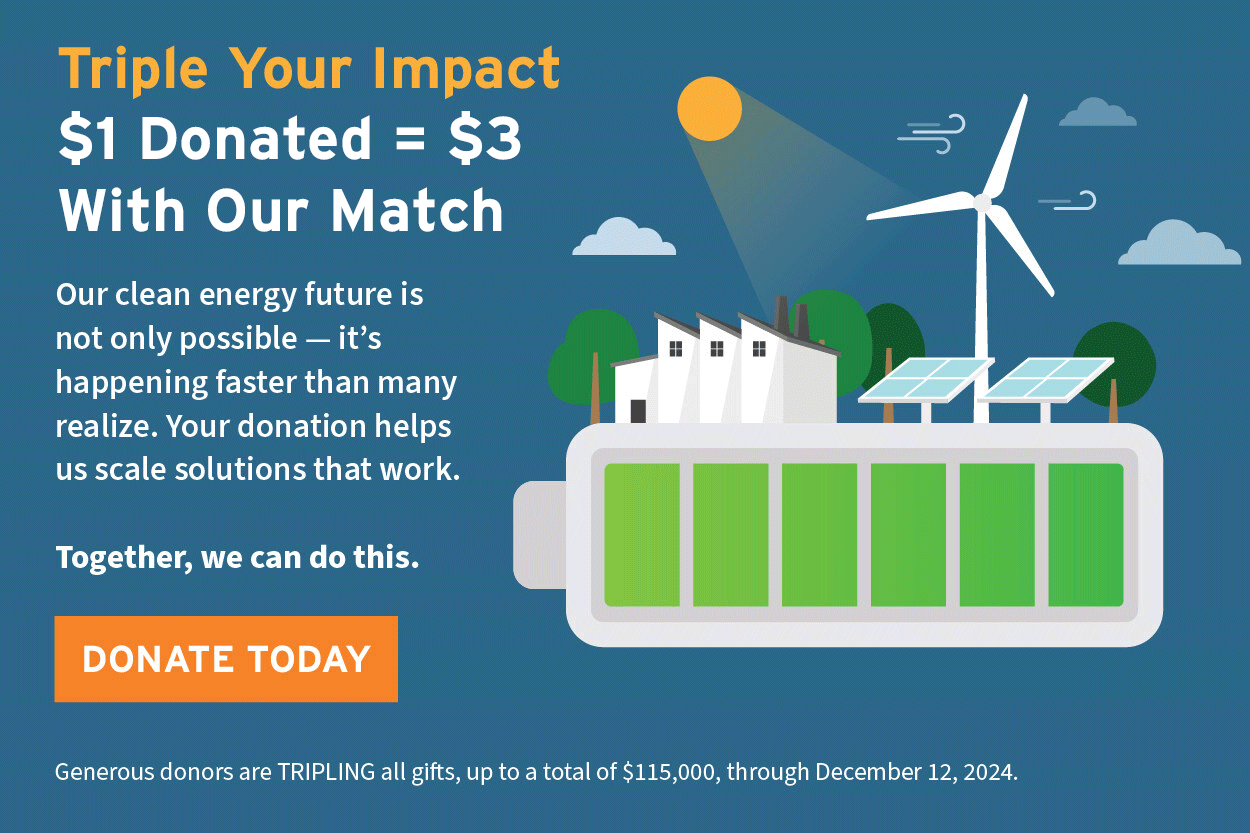Manual Worker,Nikon D300,

Private Financial Institutions Are Stepping in to Decarbonize Steel
Finance at COP, the UN climate change conference, used to be about public dollars. It was largely about rich countries pledging the elusive $100 billion in annual climate finance to developing countries—and about government ministers negotiating with government ministers. But at COP26, private finance made its presence felt like never before. There’s new money on the table.
Private financial institutions and financial sector initiatives made headlines this month at COP with eye-popping climate commitments. The 450 firms that make up the Glasgow Financial Alliance for Net Zero (GFANZ) and its subsector initiatives committed more than $100 trillion to transition the global economy to net-zero emissions by 2050. This group includes 95 banks representing 40 percent of global banking assets, shepherded by the Net-Zero Banking Alliance (NZBA).
At the same time, the COP26 headlines with trillion-dollar figures have been accompanied by sharp skepticism about what “net-zero” commitments amount to in practice. Implicit in this criticism is that implementing these commitments is difficult—particularly where the private financial sector interfaces with high-emitting, geographically diverse sectors like steel. The work already under way to decarbonize steel finance provides a case study for the financial sector’s role in the net-zero transition.
Taking the First Steps
Steel represents about 7 percent of global energy emissions today, and demand for steel is expected to grow by 30 percent. According to the Mission Possible Partnership’s steel sector transition strategy, reaching net zero by 2050 will require large-scale action by companies and the financial sector. It will also take radical collaboration by steel buyers to send clear demand signals—potentially including willingness to pay a “green” premium—and clear, effective policy signals.
Within the financial sector, one group of banks has taken crucial first steps. The Steel Climate-Aligned Finance Working Group, comprising ING, Societe Generale, Citi, Standard Chartered, and UniCredit, have been convening since May 2021. The working group is putting the finishing touches on an industry-backed framework—a climate-aligned finance agreement for steel—that would create a common standard for measuring and disclosing emissions from a bank’s steel loan portfolio. The agreement would provide critical tools that banks need to engage their steel clients and support the steel sector’s transition to net zero.
Senior bankers discussed the importance of this instrument, as well as their progress in designing it, during a panel discussion on the sidelines of COP26:
“The size of the challenge for [the steel] industry is off the charts,” said panelist Arnout van Heukelem, Global Head of Metals, Mining and Fertilizers at ING. “CRU has calculated that the cost of decarbonizing the European steel industry alone would be three times the carrying value of all the [property, plant, and equipment] of all the steel companies in Europe.”
Steel was front of mind for business leaders, policymakers, climate advocates, and financiers leading up to and during COP26. On the first day of COP, the United States and the European Union announced they would negotiate the world’s first carbon-based sectoral arrangement on steel and aluminum trade. Shortly thereafter, 40 countries signed up to the Glasgow Breakthroughs, which calls for “near-zero emission steel production established and growing in every region by 2030.”
Corporates are ratcheting up demand for green steel, too: carmaker Volvo and steelmaker SSAB are founding members of the First Movers Coalition, whose members used COP26 as a platform to announce a target to procure at least 10 percent of their annual steel as “green steel” by 2030. The two Swedish companies are already working closely: Volvo recently launched a vehicle made from SSAB’s fossil-free steel. Within the next three years, the Industrial Deep Decarbonization Initiative aims to secure commitments from at least 10 countries to purchase low-carbon steel.
“Customers are hungry to talk about low-carbon and green steel,” said fellow panelist Arne Jahn, Vice President, Treasurer, and Chief Risk Officer at United States Steel Corporation. “We would welcome long-term, committed offtake agreements. If you look at other spaces like [liquefied natural gas] with 15- to 20-plus-year agreements, it would be great for an asset-intensive industry like steel.”
A Sectoral Approach
The focus on steel at COP is indicative of a wider trend: in order to implement country- and company-wide climate targets, leaders must take a sectoral approach to decarbonization. This defines what must be done to decarbonize sectors like steel, aviation, shipping, cement, power, and so on. A sectoral approach allows decision makers to take action today to greenlight low-carbon projects and transition high-carbon projects. The approach also allows financial institutions to directly influence the “real economy,” that is, the production and purchase of goods and services.
But there’s some climate science work to be done too, if this sectoral approach is to succeed. As Remco Fischer, Climate Lead for the United Nations Environment Programme Finance Initiative, pointed out in the panel discussion, “though the science is clear on whole-economy carbon budgets, when you start zooming into what this means for specific sectors, there are emerging insights from the science, but these are often not granular enough at the sector-level.”
This hasn’t stopped leading banks from proactively taking a sectoral approach to climate alignment before. In 2019, 11 banks launched the Poseidon Principles for maritime shipping. Now, ING and Societe Generale—two of the same banks that signed up to Poseidon—are leading efforts to replicate the Poseidon model in the steel sector. A “Poseidon for steel” is set for launch in early 2022.
Climate-aligned finance agreements are designed to be compatible with sectoral target-setting guidelines outlined by NZBA. When banks join NZBA, they commit to—among other things—setting targets for nine high-emitting sectors within 36 months. Climate-aligned finance agreements would create a common platform for banks to set expectations for their clients globally about what “net zero by 2050” means. Through instruments like sustainability-linked loans and green bonds, banks can then reward steelmakers that reduce their emissions. This is just the beginning of client engagement opportunities for banks.
“We want to advise clients on new projects and new technologies; extend our balance sheet to support their needs; and help them build the right partnerships with providers of new technologies in hydrogen and carbon capture, utilization, and storage,” said Stéphanie Clément de Givry, Global Head of Mining, Metals and Industries at Societe Generale. She stressed the importance of helping existing clients transition their portfolios while also bringing new, climate-focused entrants into the market.
Though the net-zero transition will not be easy for the steel finance community, it is an exciting time. Steelmakers are innovating to build and finance the next generation of steel plants. Whether it’s SSAB’s green hydrogen-based unit in Sweden or ArcelorMittal’s plans to invest about $1.2 billion in carbon reduction technologies at a plant in Belgium, global steelmakers will need their bankers to support them in the transition. At RMI’s Center for Climate-Aligned Finance, we are helping to support those financial institutions—and to scale the “Poseidon model” from shipping to steel to aviation and beyond.
